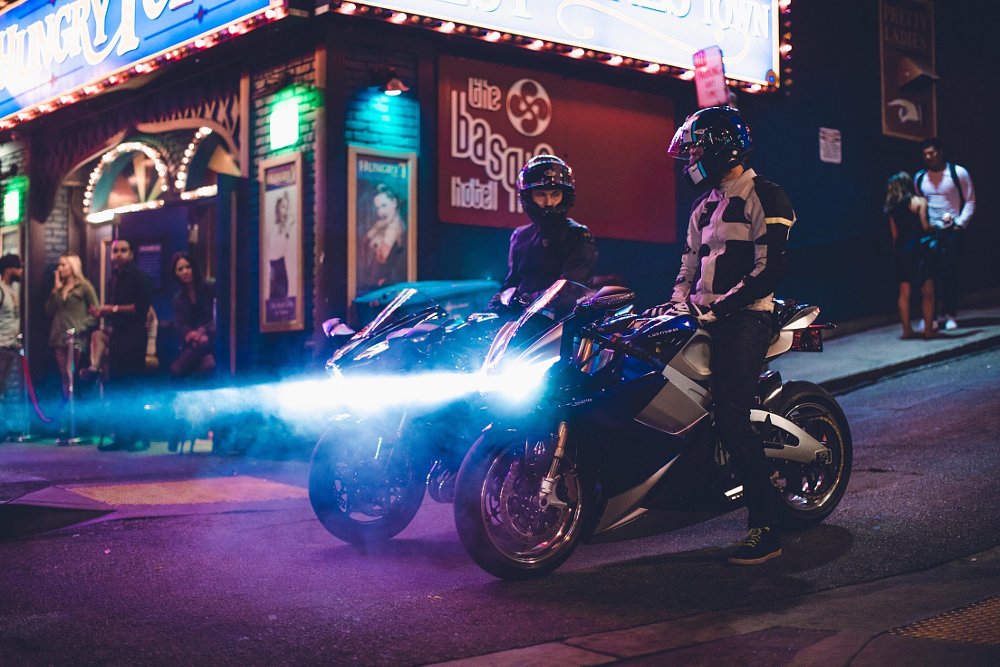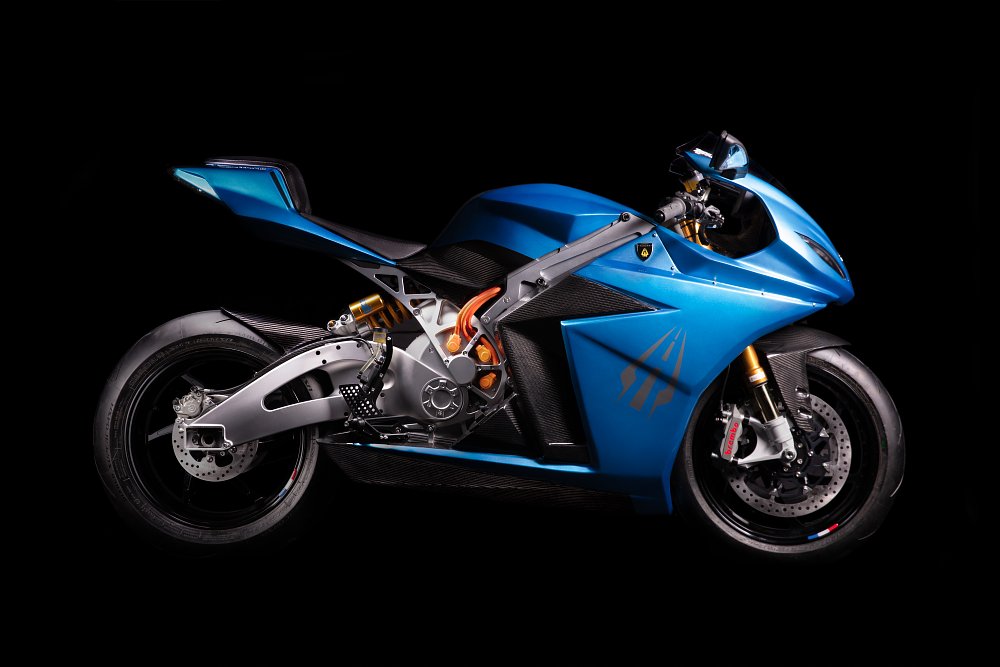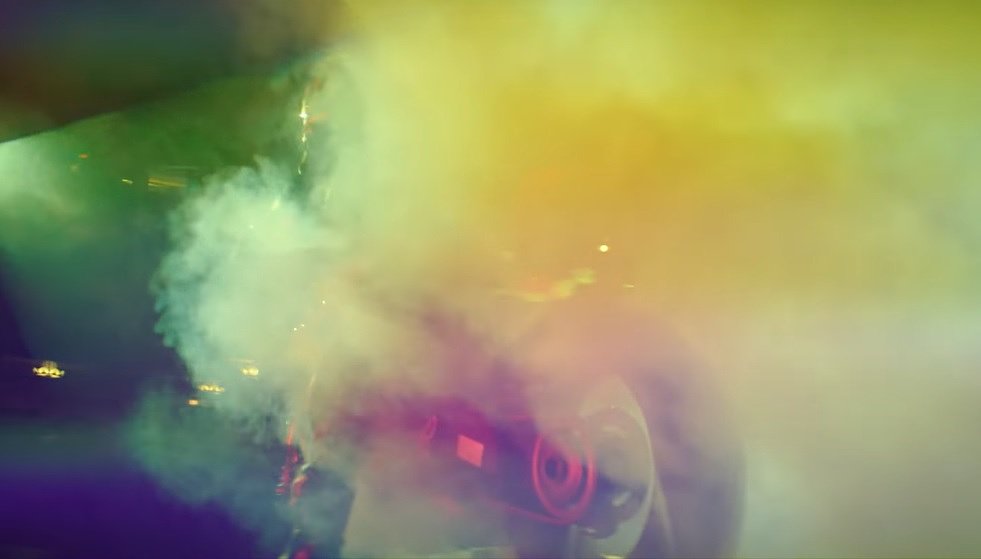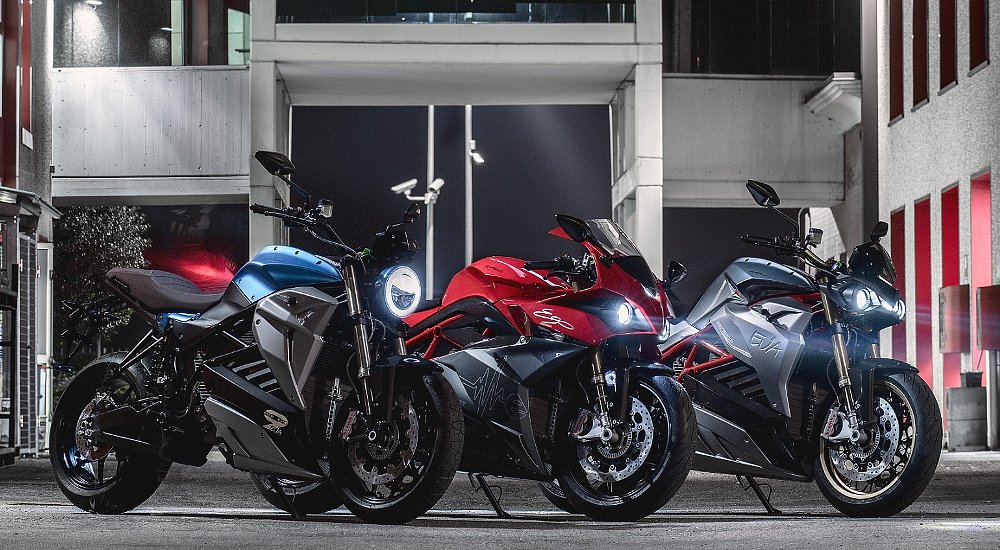Some people describe Lightning Motorcycles as the company that produced the most impressive electric sport bike yet. Lightning's most blunt critics claim it's just a Ponzi scheme.
Where's the truth? Well, even though Lightning has been around more than a decade, the company's story is far from fully written yet and its fate remains very much in doubt. But just as documents filed for the proposed Sondors initial public offering of stock gave us more details about that company's position, a recent offering to investors by Lightning has revealed at least a few scraps of information.
Lightning is offering shares via funding portal Netcapital under Regulation CF, or crowdfunding. Small investors can buy shares in the company for $10.56 each and as of Tuesday, Netcapital reported that Lightning had raised $37,974. Lightning set a target range of raising $10,000 to $4,999,991 ($5 million is the maximum allowed under Regulation CF). Since more than the $10,000 target has already been raised, Lightning can halt the offering any time it wants.
Aside from the usual risks of a crowdfunding investment — there are restrictions on selling the shares, restrictions on voting rights, the likelihood that shares will be diluted by additional future offerings, and of course the risk of the company failing entirely and making the shares worthless — there are other questions about Lightning. Most fundamentally, some question whether the company can truly be relied upon to produce motorcycles and deliver them to customers who have put down deposits or paid full price for a Lightning.
How many Lightnings have been delivered to customers?
That simple question is at the center of the controversy surrounding Lightning. The company has been making news for years — from winning the Pikes Peak International Hill Climb in 2013 to breaking 200 mph at the Bonneville Salt Flats — but although Lightning has been saying for years that deliveries to customers were imminent or underway, odds are very slim that you've ever seen a Lightning Strike Carbon in the wild. Lightning founder and CEO Richard Hatfield has been reticent about saying how many Lightning motorcycles have actually been delivered to customers, but the offering statement and audit statement posted on Netcapital provide at least some partial information.
According to the audit statement, Lightning recorded $175,790 in revenue from the sale of motorcycles in 2021. "Revenues from the sale of motorcycles and accessories are recorded when control is transferred to the customer, generally at the time of shipment," the audit states. So that suggests that in 2021 Lightning sold roughly the equivalent of three LS-218s ($38,888 each) and three Strike Carbons ($19,998) or nine Strike Carbons. No information from 2022 was included in the audit statement, but the offering statement said that Lightning "generated approximately $498,000 in revenue" in 2022. Since no further detail was provided, I can't say how much of that half a million dollars in revenue came from sales of motorcycles. Assuming it all did, and assuming the sales were all Strike Carbons, that would mean at most Lightning sold 25 motorcycles in 2022. More likely, the number is smaller.
I contacted Hatfield to give him a chance to confirm or correct my assumptions. He pointed out that there's more to the story.
In 2019 and 2020, Lightning shipped Strikes to customers that were fitted with lower-spec components and did not meet promised specifications. Hatfield blamed that on a lack of availability of components. Then in 2020 the pandemic shut down operations. Lightning moved from a 20,000-square-foot facility in San Jose, California, to leased space in a factory in Hollister, California, run by Corbin, the company known for making motorcycle seats. Lightning was "starting to spin back up again in 2021," Hatfield said, but much of what it did that year was refitting the older, previously sold Strikes with new components, to bring them up to spec, plus manufacturing parts so it could start building new motorcycles.
So Hatfield said the 2021 revenue number does represent "roughly nine bikes shipped out the door. But that's a partial story of what we actually did."
Also prior to the pandemic, Lightning had set up a facility in China to produce parts, but after it was shut down by COVID-19, that project was never revived. Parts are now made in California, and the main goal of the current crowdfunding effort — and no doubt future fundraising efforts to come — is to start producing components more efficiently.
"The big focus for us is moving from CNC and hand-laying carbon fiber on everything, where we have so much labor involved in that, to reducing the labor and increasing the margin by investing in the tooling," said Hatfield. "When we're just assembling the bikes, that doesn't require a lot of time. Making the parts does."

Criticism and skepticism
A standard disclaimer on crowdfunding offerings states "You should not invest any funds in this offering unless you can afford to lose your entire investment." The Lightning audit statement provides some additional reasons for that kind of caution. It states that at the end of 2021, Lightning had an accumulated deficit of $6.9 million and the company lost $354,021 in 2021. Plus, as Hatfield readily says himself, this is not expected to be the last time Lightning seeks funding, so investments made now are likely to be diluted in the future. The other very real possibility is that the company can't get enough funding to keep going and goes out of business entirely. Despite all that, the $10.56 share price implies a current company valuation of $80.2 million. Is that valuation reasonable for a company selling a handful of bikes now and then?
A lot of people don't think so. It's also easy to find people who are unhappy with Lightning, from customers who have complained that it has been difficult to get their deposits refunded to a South African businessman who wanted to distribute Lightning motorcycles abroad and ended up in a very public spat with Hatfield, claiming he paid full price for a LS-218 that was never delivered. One critic of the company posted a video on YouTube of Hatfield threatening him in an expletive-filled tirade. It's not hard to see why the glow of the 2013 Pikes Peak win is looking faded a decade later.
I asked Hatfield if he feels the criticism Lightning faces is fair.
"We've had delays. That creates skepticism. I think that's fair," he said. "I think the fact that we're steadily shipping bikes and building bikes and that people who have asked for their deposits back have received their deposits back, we've done everything possible. There are haters out there that are going to hate regardless of what you do. And I don't think there's anything we can really do about that. I think it's our responsibility to reach out... and try to tell our side of the story."
News you didn't read here at Common Tread
While Lightning hasn't produced that many motorcycles, it has produced considerable publicity. Last year, Lightning announced it had partnered with Enevate, a company that builds lithium-ion batteries that can be charged more quickly because of their silicon-dominant anodes, replacing the graphite in most lithium batteries. There are issues with the silicon-anode batteries, such as expansion under the heat of fast charging that can cause damage, but companies are finding ways around those problems. Recently, Lightning released a video on its YouTube channel purportedly showing a Strike Carbon fitted with Enevate batteries that could charge enough in 10 minutes for an additional 135 miles of riding. Lightning claimed this was evidence that an electric motorcycle could now be recharged about as fast as an internal-combustion motorcycle could be refueled.
Lightning's video shows its bike charging from 30% to 71% in 11 minutes, gaining 11.9 kWh compared to 3.3 and 1.1 for the other two (which are not named but appear to be a LiveWire and a Zero, respectively).
Is this another breakthrough from Lightning? Based on one video alone, it's impossible to say. Lightning has also talked about plans to build a car-like enclosed electric motorcycle and a less expensive commuter bike as ways to expand its product line. Will it ever have the wherewithal to do that? Also impossible to predict with certainty.
Skepticism is not unreasonable. The electric motorcycle field is littered with bodies. Alta made fine motorcycles but didn't survive. Mission is gone. Brammo was sold and then shuttered by Polaris. Even LiveWire, a company with deep pockets and corporate backing from major manufacturers, has been unable to meet its own growth projections.
Companies like Lightning and Damon have made big promises but have yet to deliver to consumers on any significant scale. Recently, Super73 said its first electric motorcycle, the C1X, due out next year, will also have fast-charge capability similar to what Lightning is promising with the Enevate technology, but Super73 didn't provide many details.
You may have seen some of these "breakthroughs" reported in straightforward fashion on other motorcycle, car, and electric vehicle web sites and not on Common Tread. That's because I am skeptical, too. I try hard to be a fair skeptic, but I also prefer to see some evidence to back up claims before I report them to you.
You may not read here on Common Tread about every promise or every supposed breakthrough in electric motorcycle technology, but if a company truly is providing consumers with the products they've promised, you'll hear about that.









